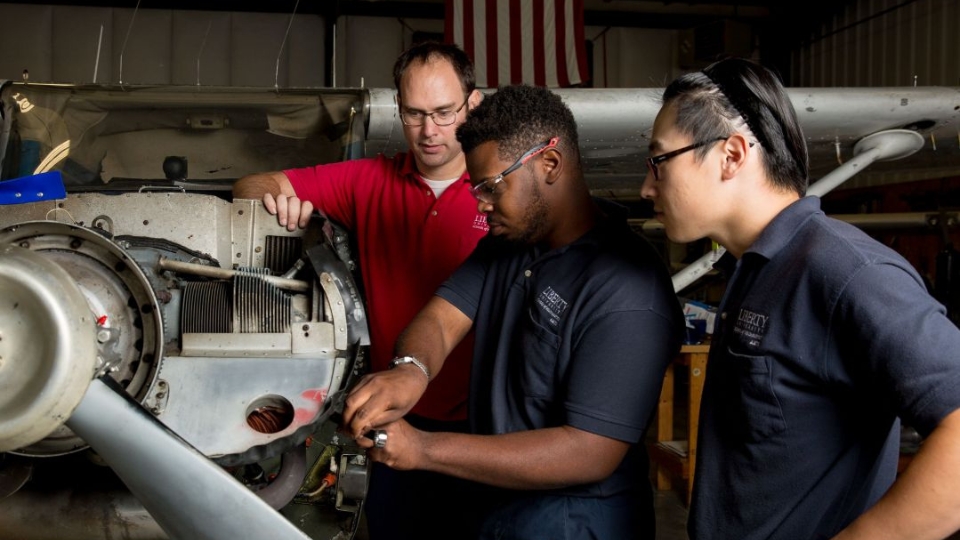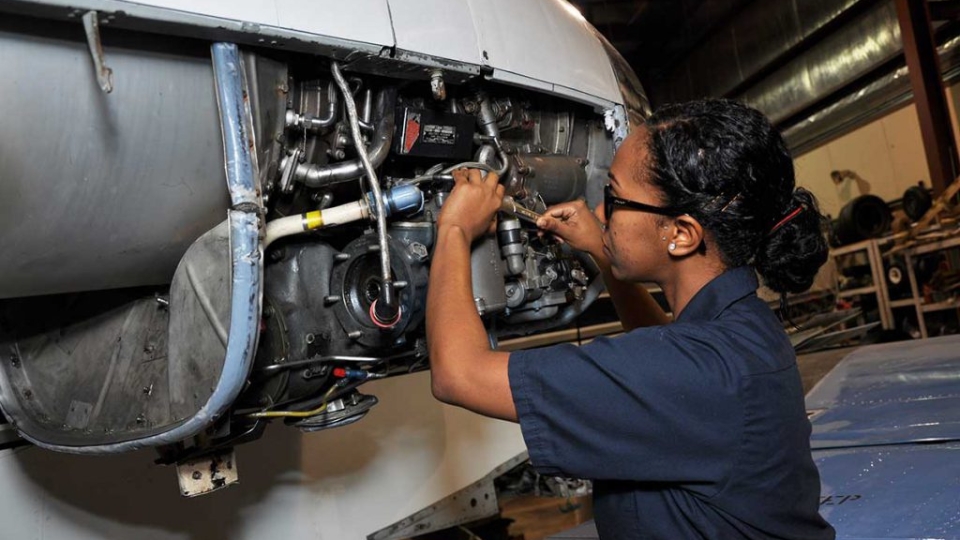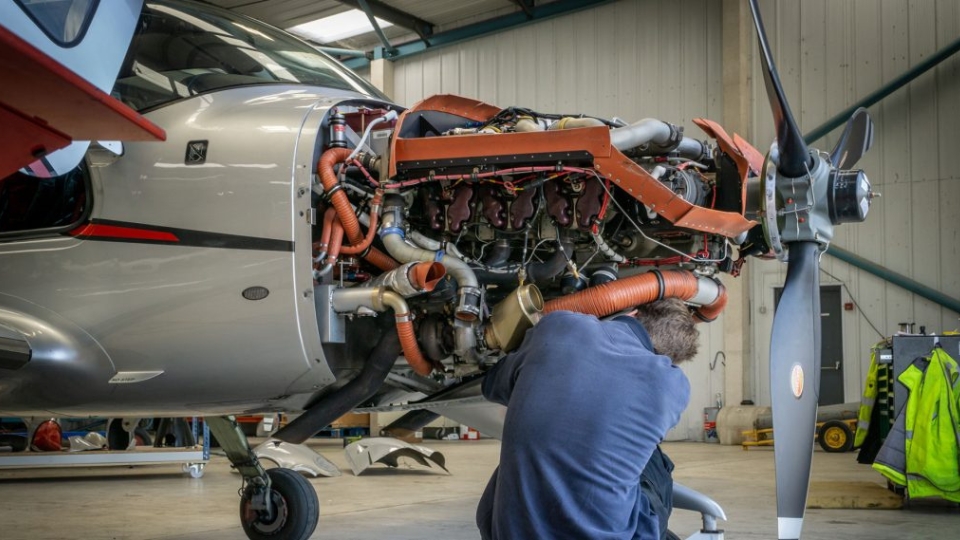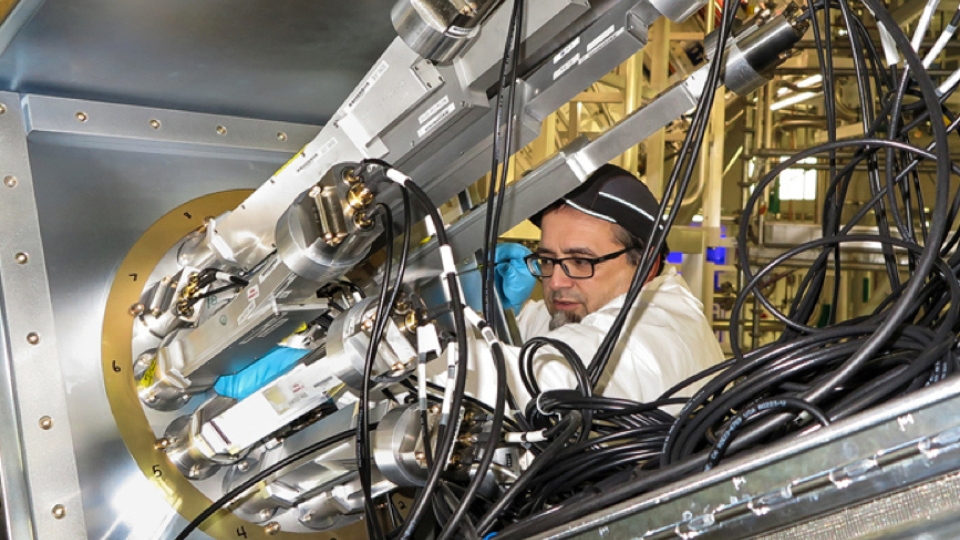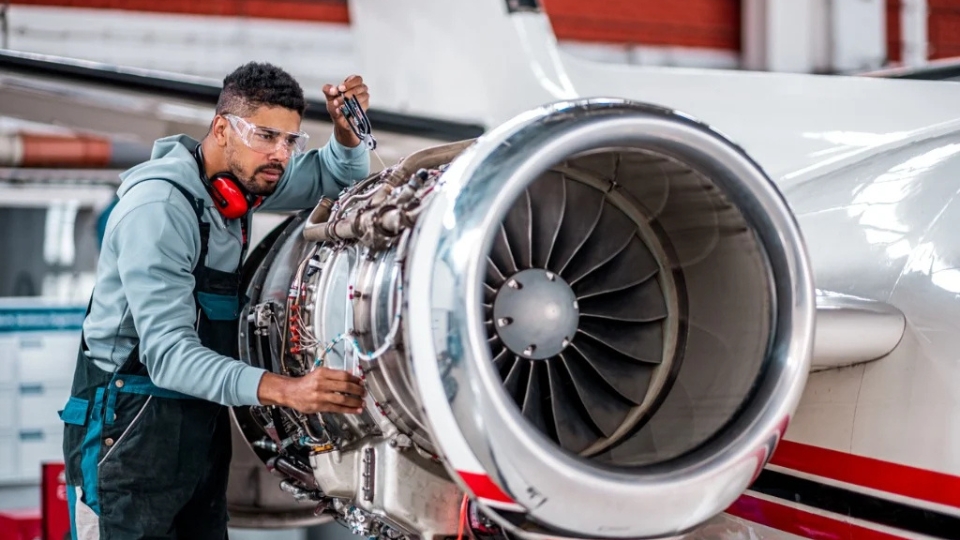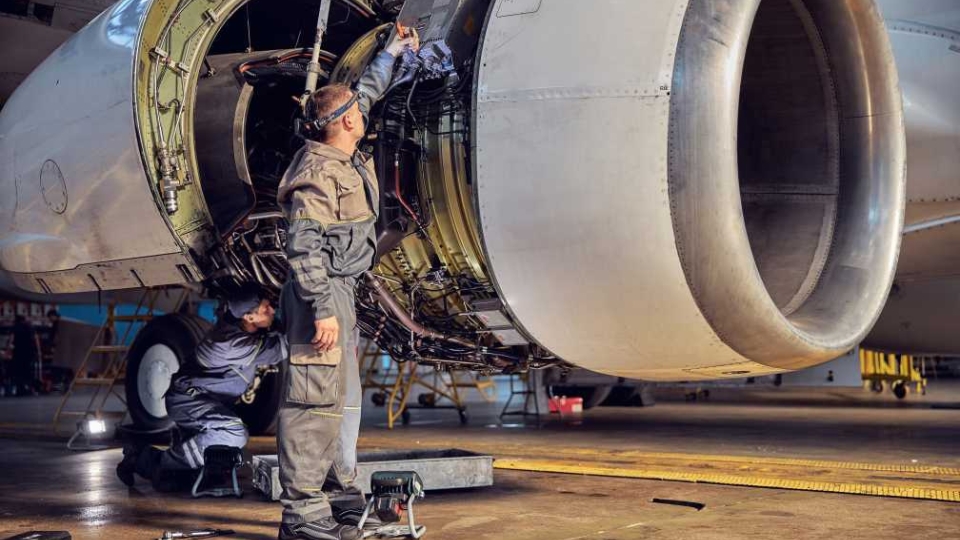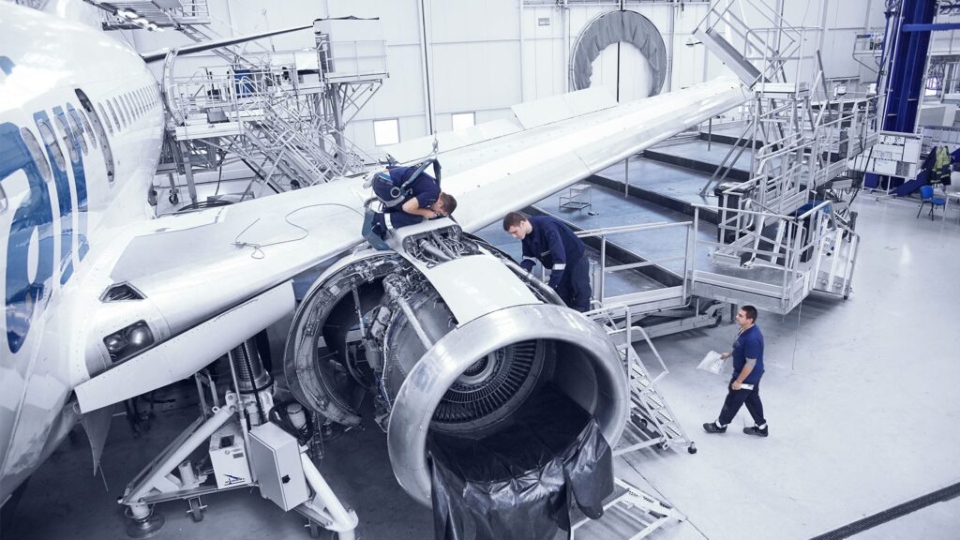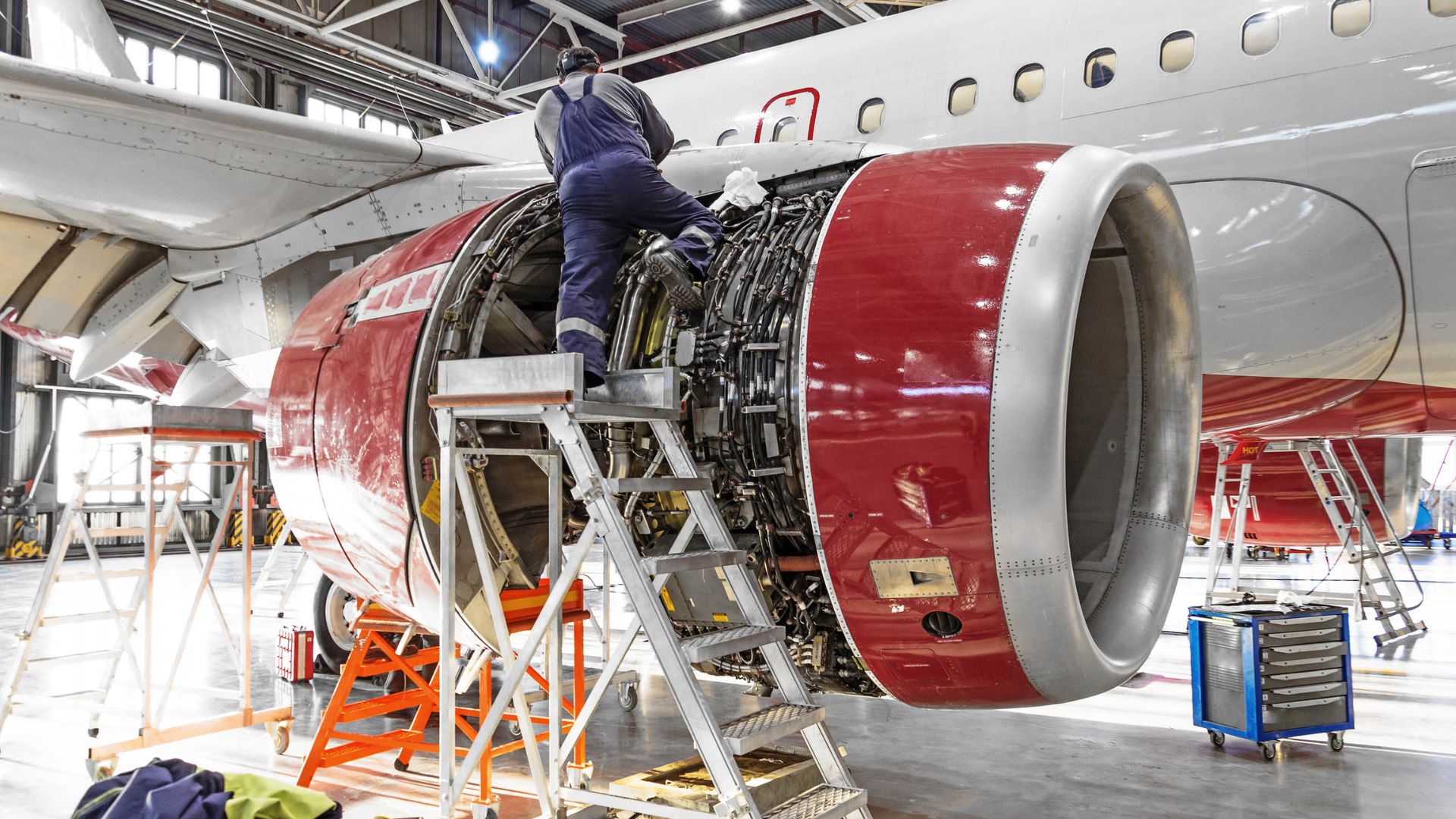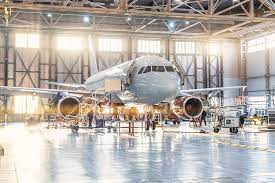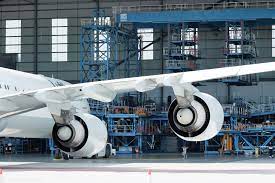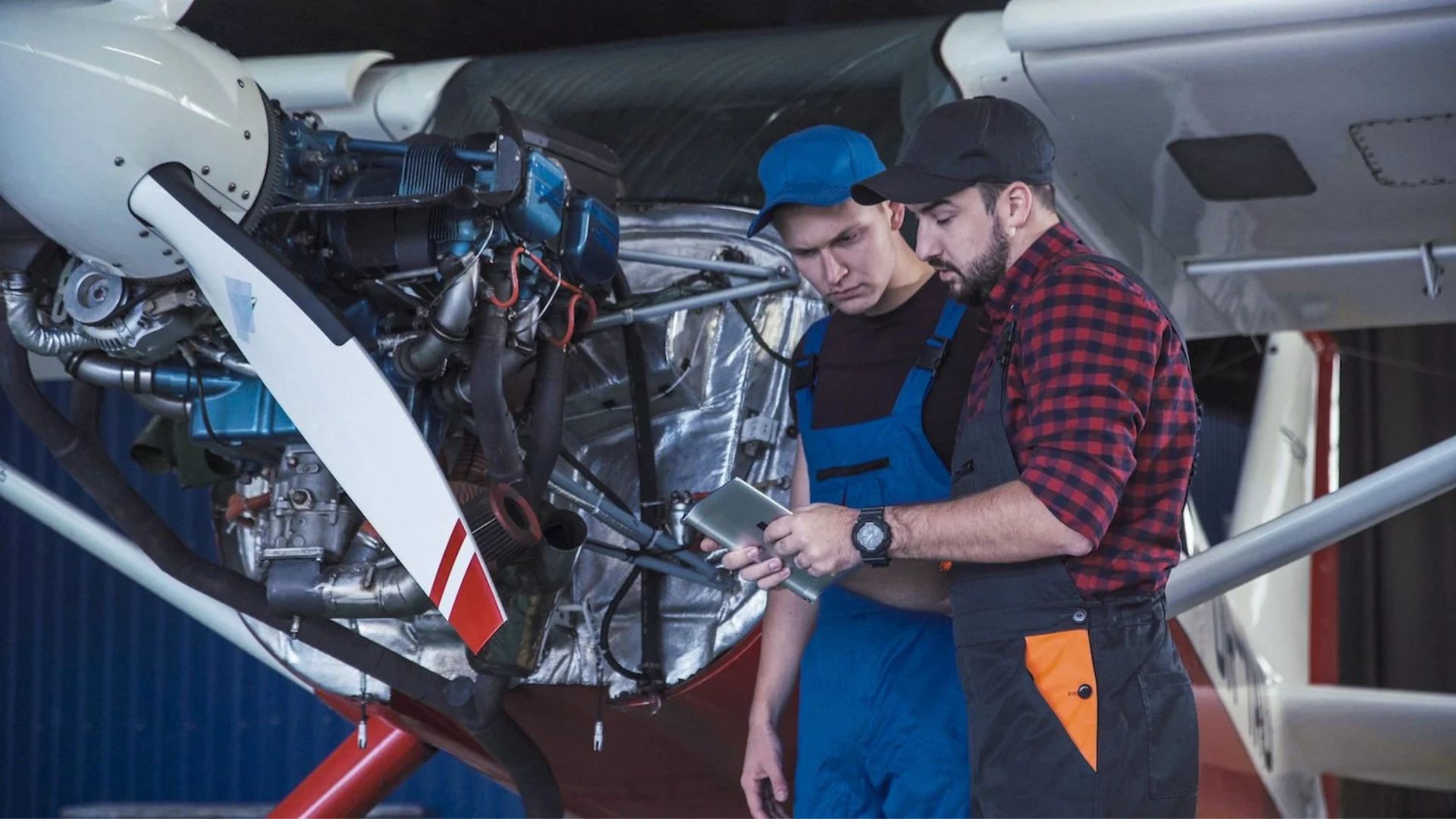Aircraft maintenance is a critical component of aviation safety and operational efficiency. Skilled technicians ensure aircraft remain airworthy, reliable, and safe for passengers and crew. Proper training and certification equip maintenance professionals with the knowledge, skills, and qualifications needed to meet stringent aviation standards.
Moreover, certified technicians are essential for regulatory compliance and maintaining an airline’s reputation for safety.
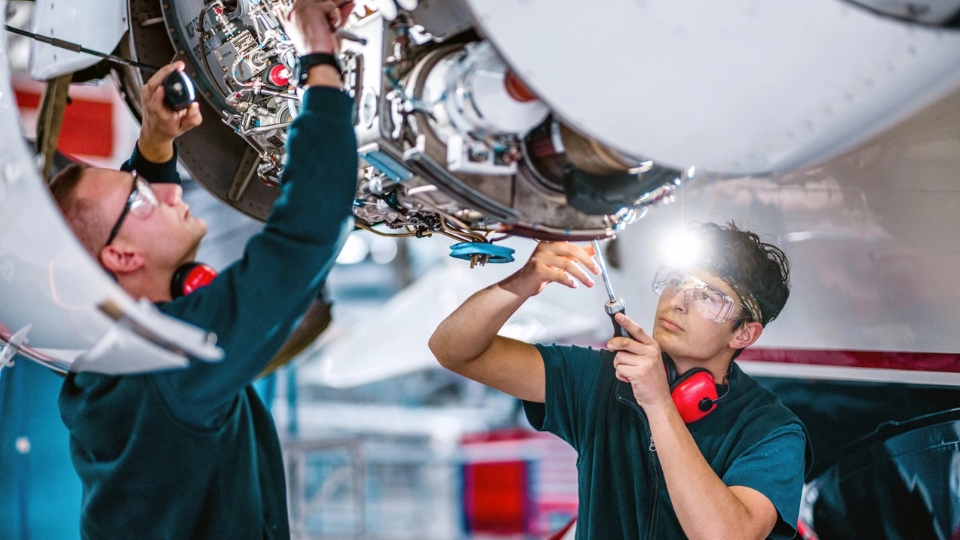
Aircraft Maintenance Training and Certification Guide
Understanding Aircraft Maintenance Careers
Aircraft maintenance technicians, often called AMTs or A&P (Airframe and Powerplant) mechanics, perform inspections, repairs, and preventive maintenance. They work on engines, avionics, landing gear, and structural components.
-
Airframe specialists: Focus on the aircraft’s structure, including the fuselage, wings, and control surfaces.
-
Powerplant specialists: Work on engines and propulsion systems to ensure reliable performance.
-
Avionics technicians: Handle electronic systems, navigation, communication, and safety equipment.
-
Composite and specialty technicians: Maintain advanced materials and systems used in modern aircraft.
By choosing a career path, technicians can specialize and enhance their expertise in specific areas of aircraft maintenance.
Training Programs and Education
Formal education is the foundation of aircraft maintenance proficiency. Technicians typically complete specialized programs through aviation schools, community colleges, or technical institutes.
-
Certificate and diploma programs: Provide hands-on experience with aircraft systems and components.
-
Associate degree programs: Offer a broader education including aerodynamics, electronics, and maintenance regulations.
-
Apprenticeships and internships: Combine classroom learning with practical experience under experienced mentors.
Transitioning from theory to practice allows technicians to gain the skills necessary to perform safe and effective maintenance.
Certification Requirements
Certification validates a technician’s competence and ensures compliance with aviation authorities. Requirements vary by country but often include examinations, practical experience, and formal training.
-
FAA Certification (U.S.): The Federal Aviation Administration issues A&P and Inspection Authorization licenses to qualified technicians.
-
EASA Certification (Europe): The European Union Aviation Safety Agency provides Part-66 licenses for various aircraft maintenance categories.
-
ICAO Standards: International Civil Aviation Organization guidelines ensure global consistency in maintenance training and certification.
Certifications typically require documented hours of practical experience, successful completion of exams, and ongoing professional development to maintain validity.
Continuing Education and Skill Updates
The aviation industry evolves rapidly, and technicians must stay current with new aircraft technologies, materials, and safety protocols.
-
Manufacturer training programs: Provide updates on new aircraft models, systems, and repair techniques.
-
Workshops and seminars: Offer insights into emerging maintenance methods and regulatory changes.
-
Online courses and simulations: Enable technicians to practice troubleshooting and diagnostics in a controlled virtual environment.
Consequently, continuous learning ensures technicians maintain proficiency and adapt to industry innovations.
Safety and Regulatory Compliance
Training and certification emphasize safety as the top priority. Technicians learn to follow standardized procedures, use proper tools, and adhere to regulatory requirements.
-
Documentation and record-keeping: Accurate maintenance logs ensure traceability and regulatory compliance.
-
Inspection protocols: Certified technicians perform checks according to established guidelines, reducing the risk of errors.
-
Preventive maintenance: Early identification of issues prevents accidents and extends the life of aircraft components.
Therefore, certified technicians contribute directly to safer flights and reduced operational risks.
Career Advancement Opportunities
Certification opens doors to diverse career paths in aviation maintenance. Experienced technicians can pursue higher responsibilities, leadership roles, and specialized expertise.
-
Lead maintenance technician: Oversees teams and ensures work quality.
-
Quality assurance inspector: Verifies compliance with safety and maintenance standards.
-
Training instructor: Educates new technicians, sharing expertise and best practices.
-
Aviation safety specialist: Focuses on analyzing incidents and improving maintenance protocols.
By advancing their careers, technicians can achieve professional growth while enhancing industry safety standards.
Conclusion
Aircraft maintenance training and certification are essential for aviation safety, reliability, and regulatory compliance. Technicians gain hands-on experience, formal education, and validated qualifications that prepare them for complex maintenance tasks.
Continuous learning, adherence to safety standards, and career development opportunities ensure that technicians remain skilled and competent in an evolving industry. Airlines, passengers, and regulatory authorities rely on certified maintenance professionals to keep aircraft safe and operational.
Ultimately, investing in training and certification builds a skilled workforce, supports aviation safety, and ensures the smooth operation of aircraft worldwide.

